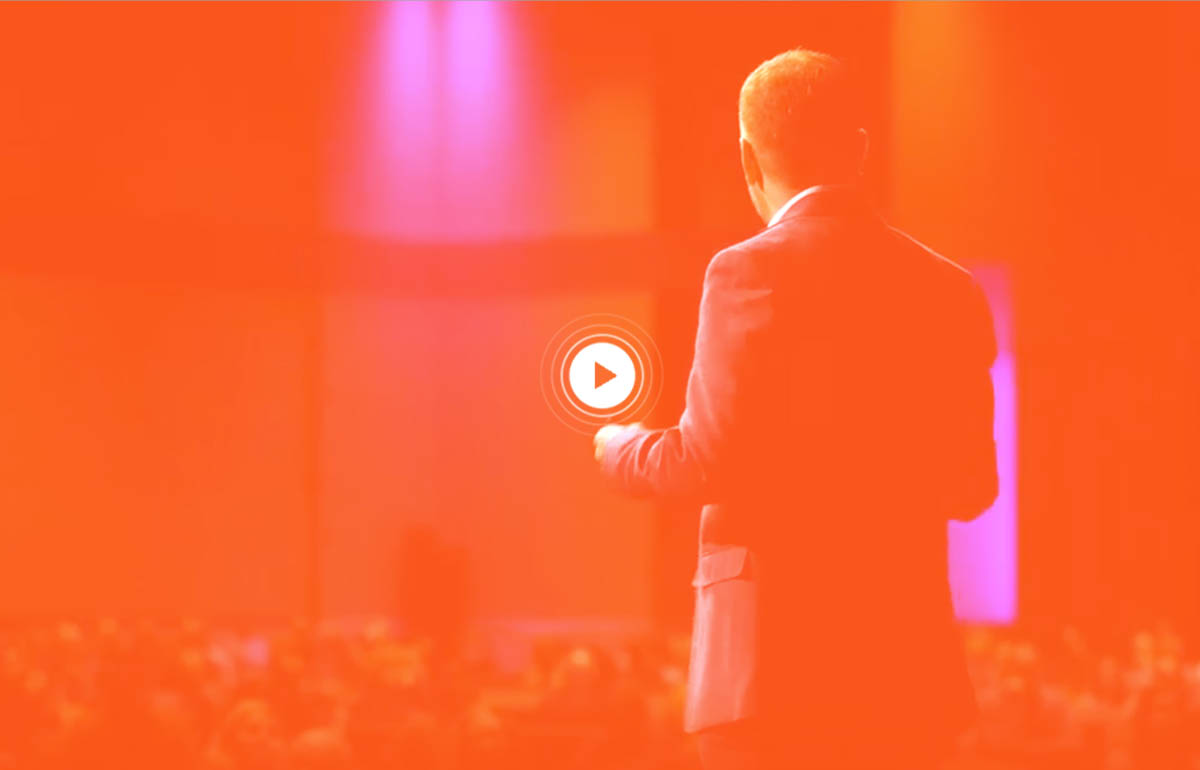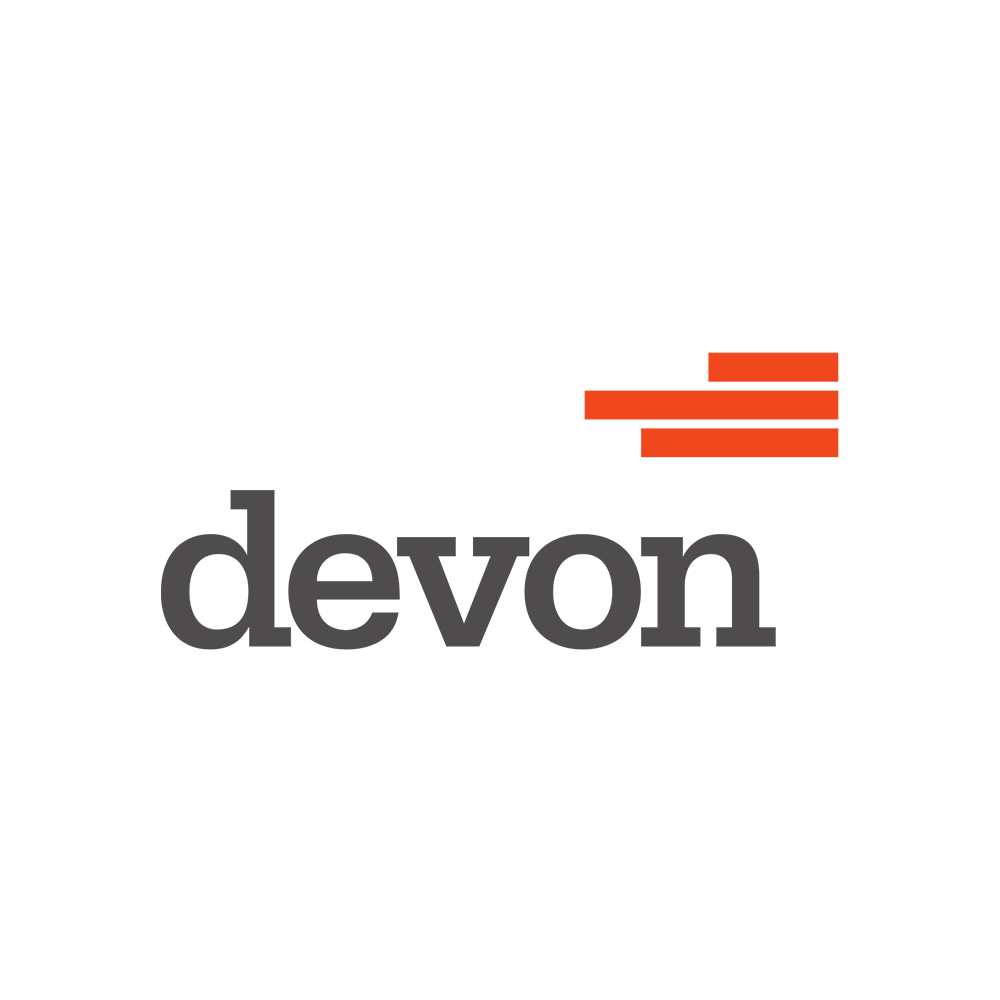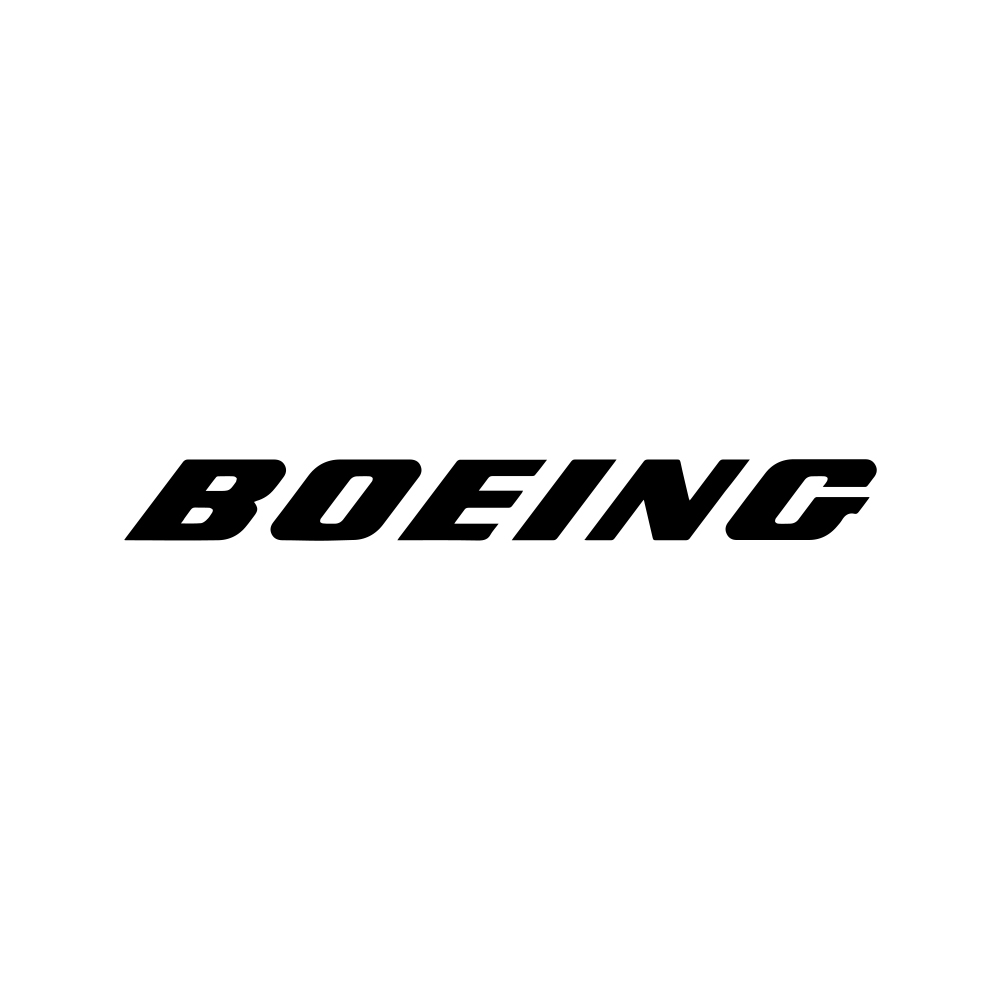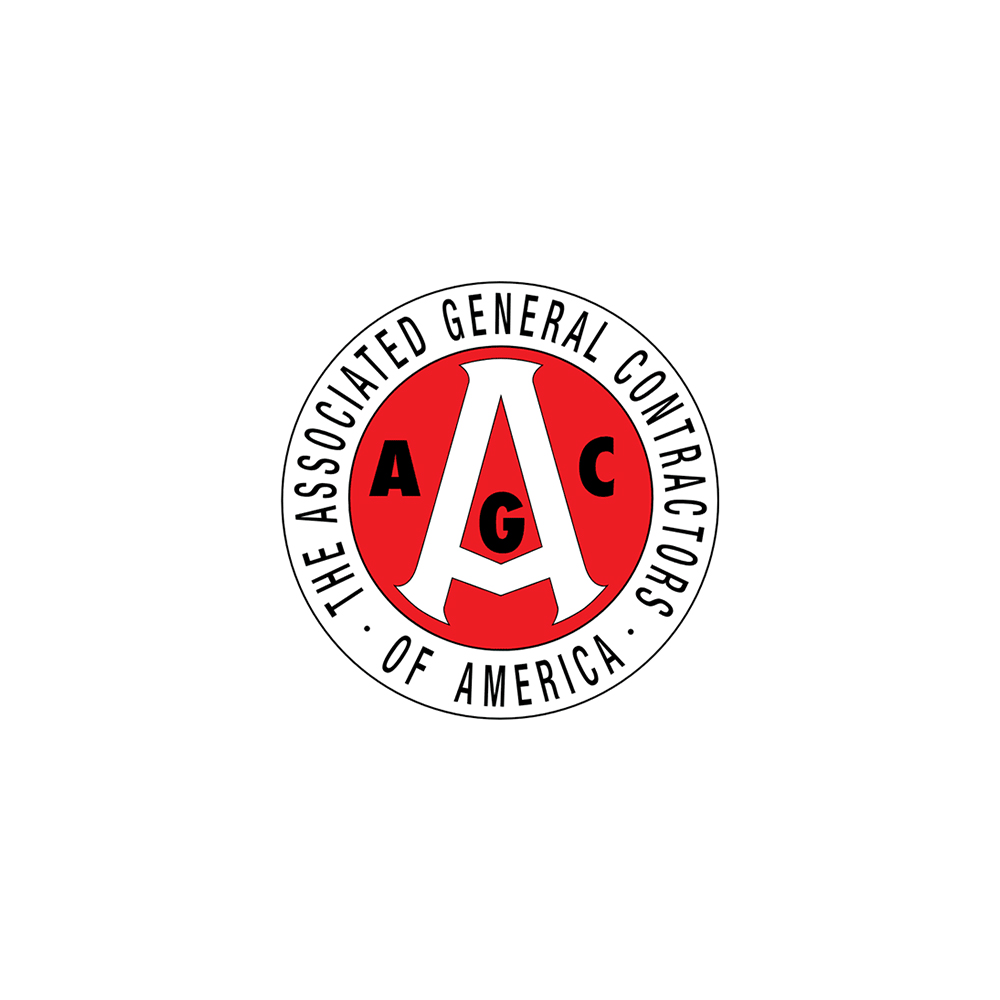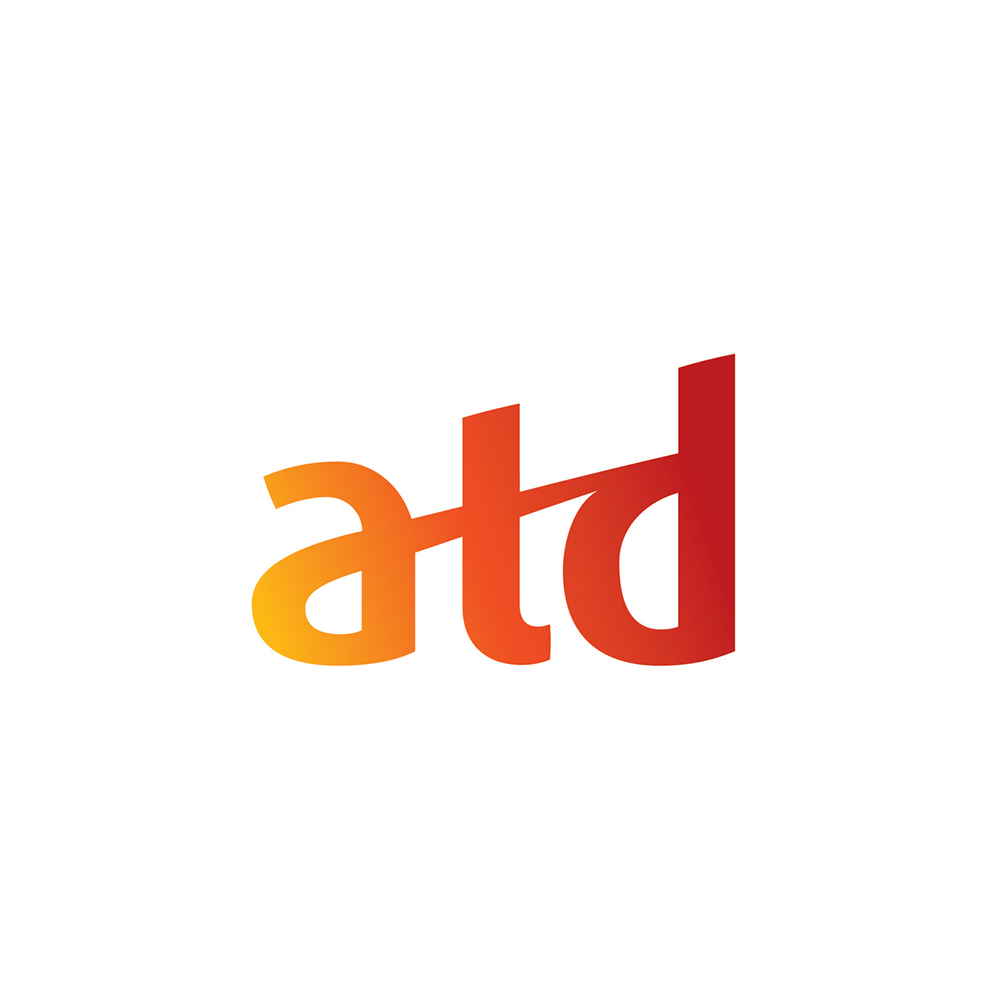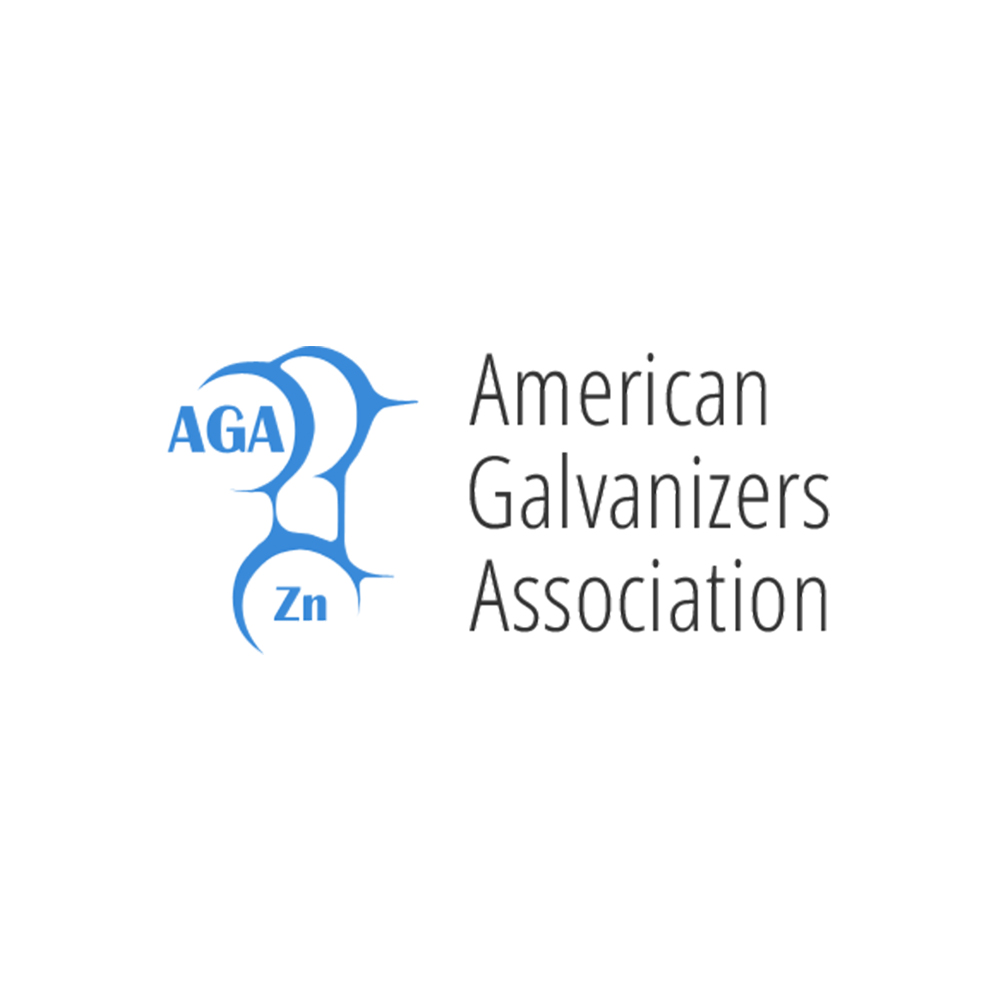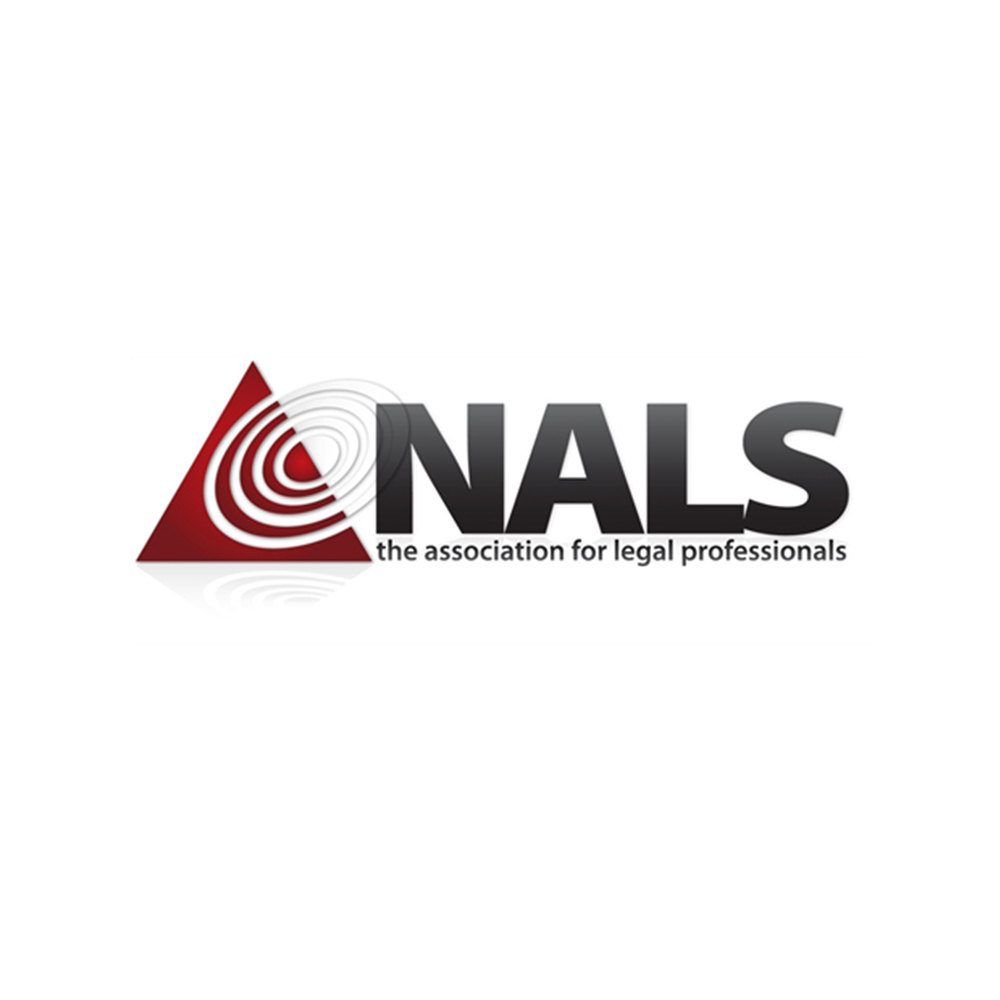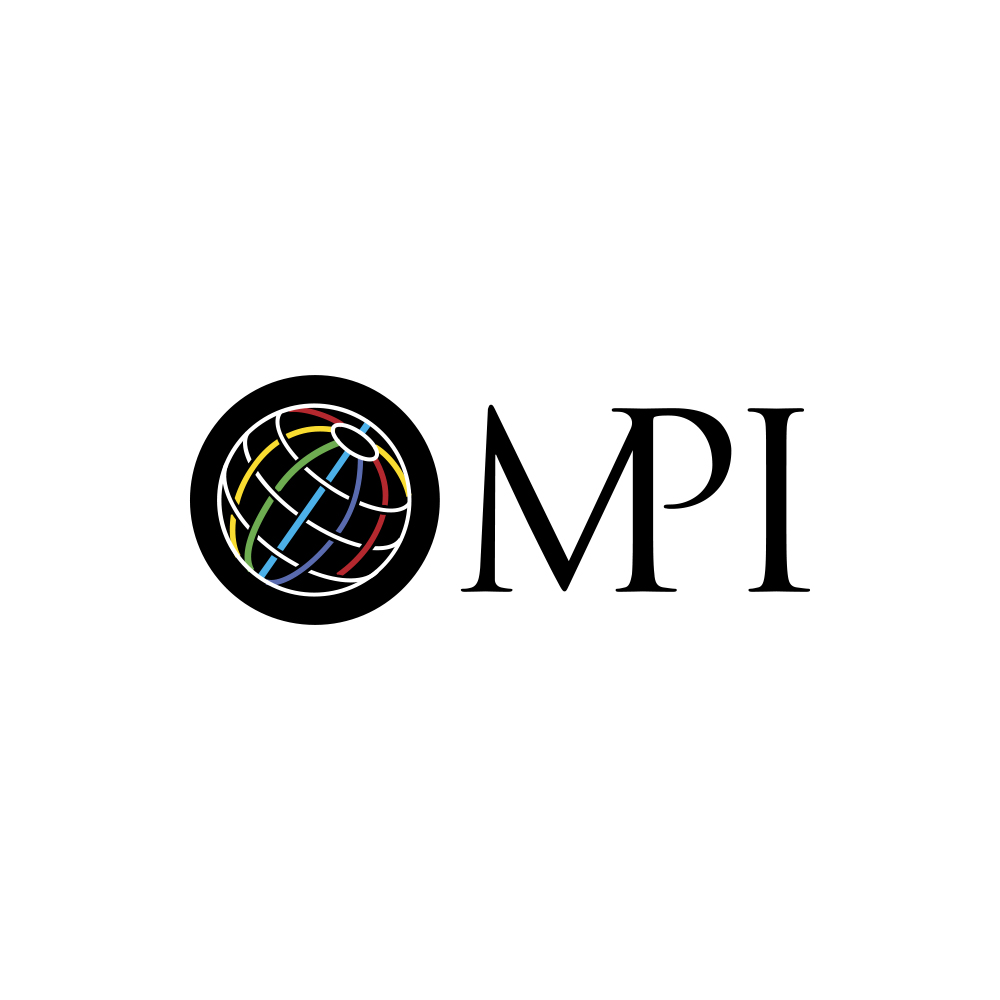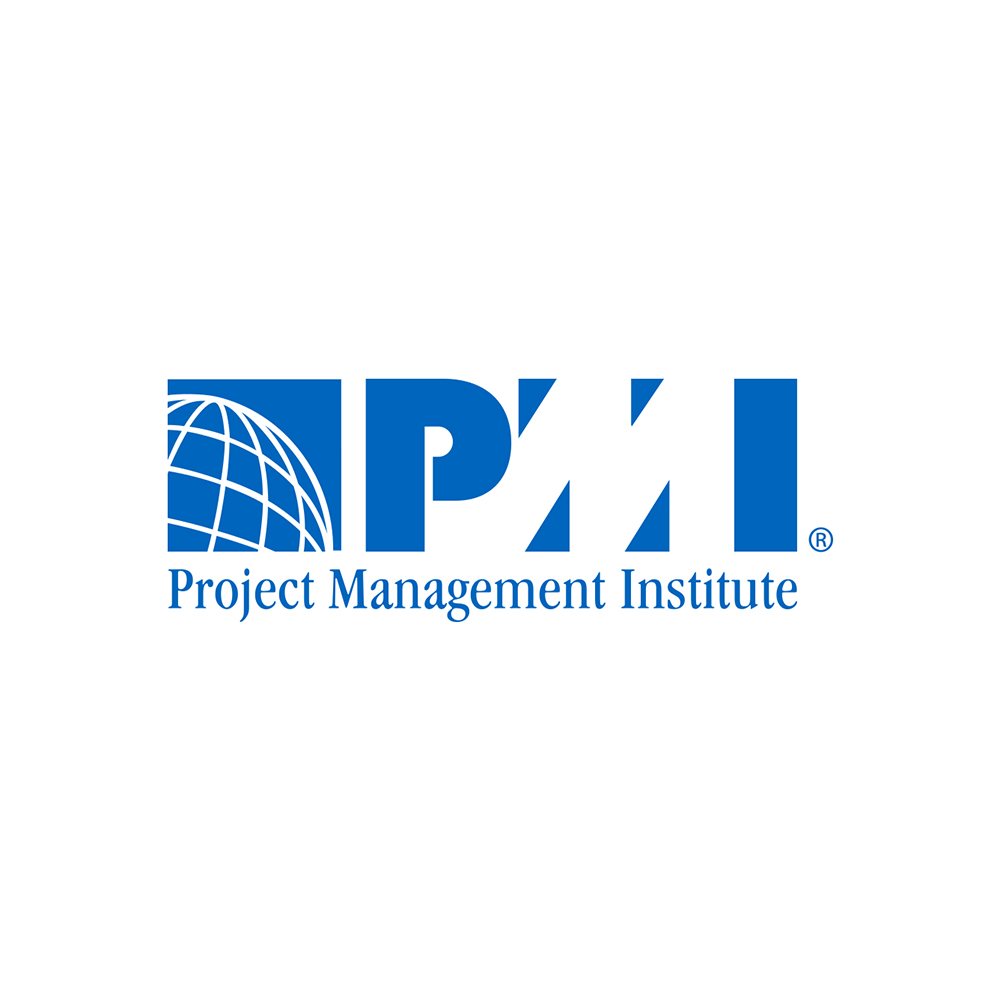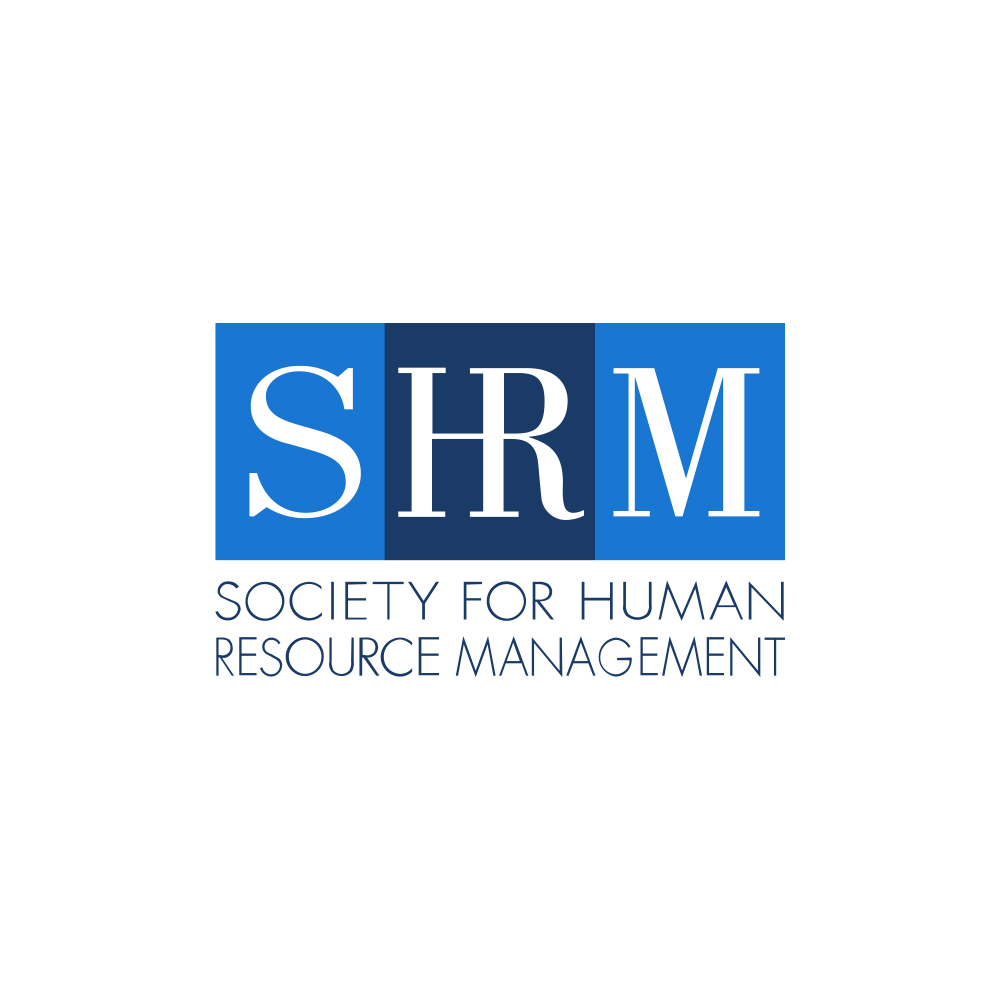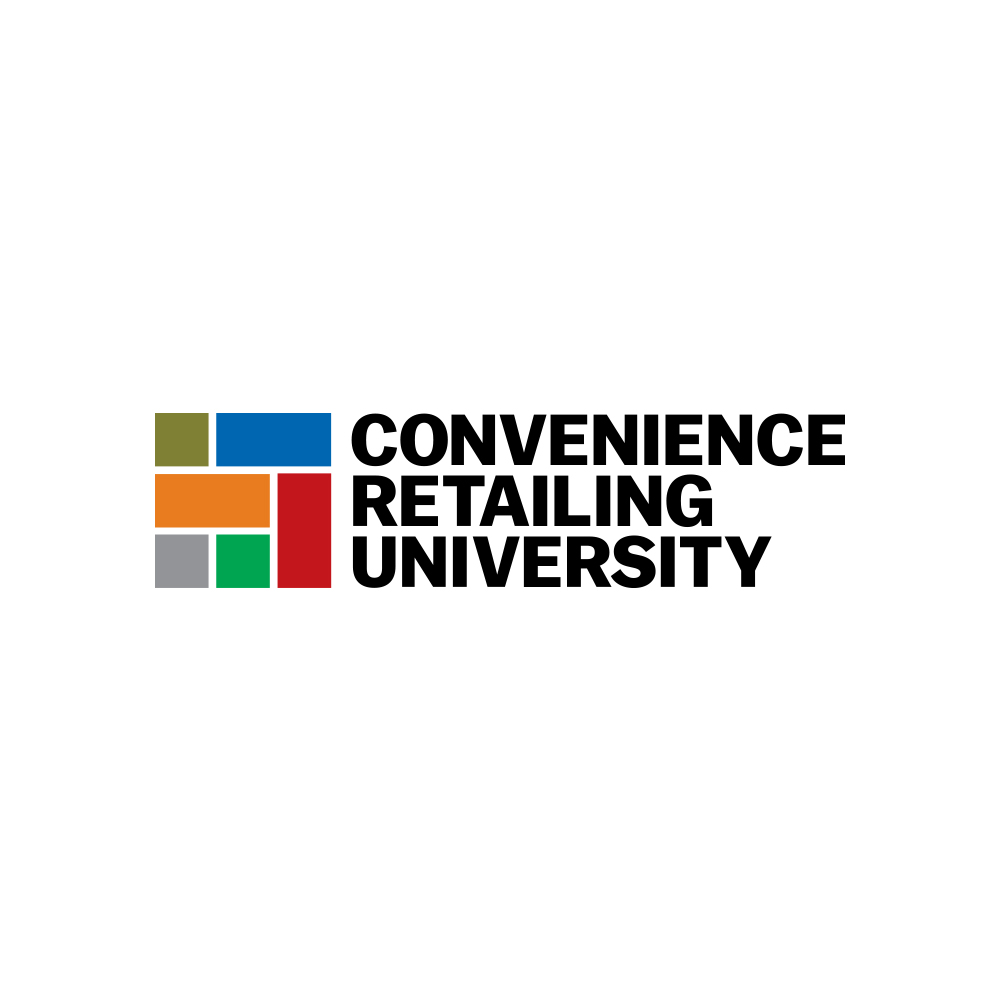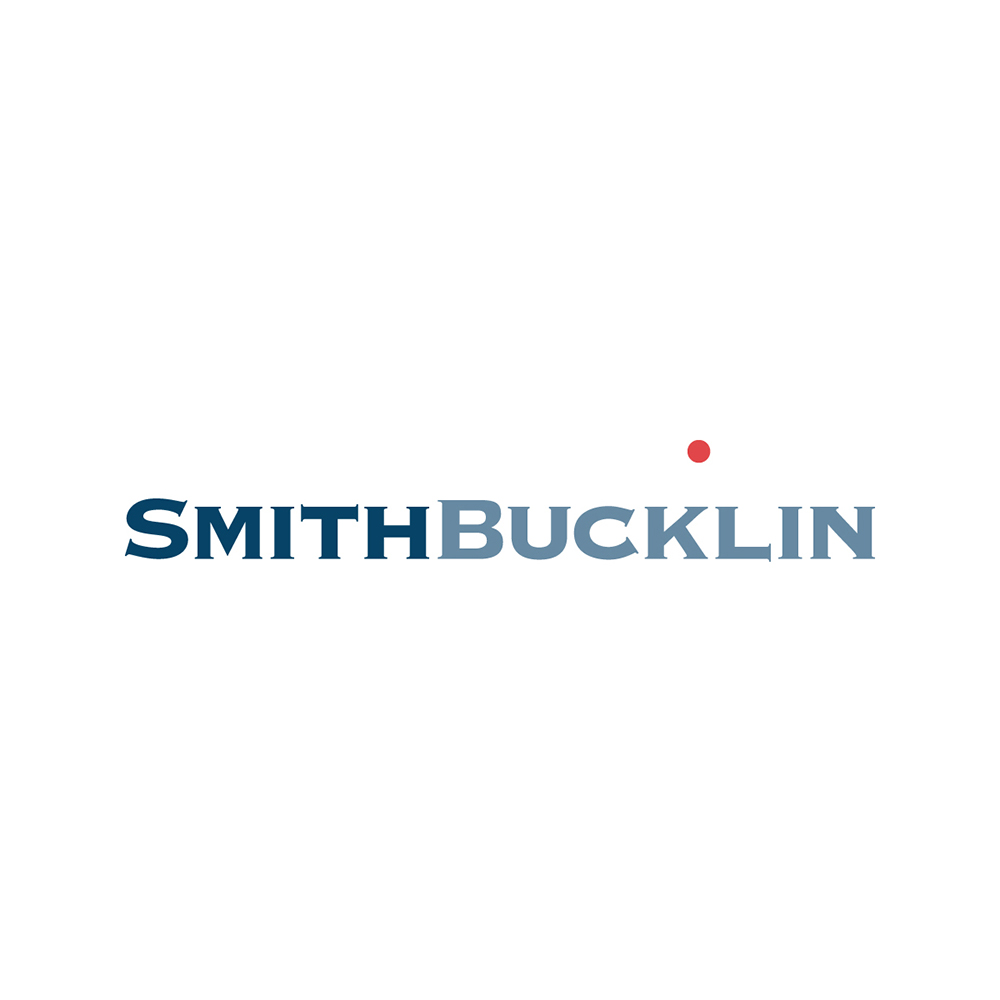How Do We Retain High Performers in the Age of AI?
AI is changing the way we work, but how do we retain high performers in this new era? Should we value results alone or how they’re achieved? Leaders must rethink talent, AI, and fairness in performance.
*******
AI is changing how we work. But should it change how we measure success?
Recently, I came across an HBR article titled “Nine Trends That Will Shape Work in 2025 and Beyond.” It presented thought-provoking insights for business leaders navigating the future of work. Among these trends, one question stood out to me in particular: How do we retain high performers in this new age of AI?
Artificial intelligence (AI) continues to reshape the business landscape, much like how search engines transformed access to information in the mid-1990s. Back then, tools like Google revolutionized productivity, granting us instant access to resources that previously required trips to the library or consultations with experts. However, as with any innovation, these tools introduced challenges, particularly around ensuring the reliability of information. That same double-edged sword exists with AI today. It offers unparalleled benefits but also creates new complexities, especially for organizations striving to recognize, retain, and grow top talent.
A Key Question: How Do We Assess Performance in an AI-Driven Workplace?
The HBR article posed a critical question for business leaders:
Should organizations distinguish between mediocre performers enhanced by AI and genuine high performers?
Leaders must align on how their organization acquires, develops, and promotes talent in an AI-driven world. From my experience working across leadership teams, many organizations prioritize results over the process of achieving them. This raises critical concerns:
- If an average performer leverages AI effectively to achieve high-level results, will they be considered more valuable than a natural high performer who chooses not to rely on AI?
- Should we reward output alone, or should we also evaluate how the work was accomplished?
Ideally, we want high performers who naturally excel and then use AI to enhance their capabilities. But realistically, how many such team members exist? Leaders must define and maintain consistency in performance expectations.
The Case for Embracing AI—But Not Relying on It Completely
Personally, I’ve always valued employees who can problem-solve and adapt, using tools as a supplement rather than a crutch. A critical question for leaders is:
If AI tools were suddenly unavailable, could your team still perform at a high level?
That said, coaching mediocre performers on how to leverage AI can significantly enhance their effectiveness. AI can help identify solutions to problems we didn’t even know had answers. For instance, a client I worked with needed an innovative construction technique but was unaware of any viable options. By using ChatGPT, we discovered multiple approaches, two of which they successfully tested.
Similarly, employees who struggle with communication can use tools like Microsoft Copilot to refine their writing, improving their overall effectiveness.
Ensuring Fair Performance Measurement in an AI-Driven Workplace
By addressing this question, leaders can ensure fair and consistent performance measurement across their organizations. Without clear expectations, employees may either feel confused or manipulate perceptions of their contributions. Focusing only on results while obscuring how they achieved them.
3 AI Questions Leadership Teams Should Discuss
To spark meaningful conversations within your leadership team, consider these key questions:
- If a current high performer is not proficient in AI or chooses not to use it, how will this impact their long-term opportunities and career growth?
- If an average performer uses AI to boost their productivity, what are your expectations for measuring their actual capabilities? If they lose access to AI, can they still perform the work independently?
- How well do team members understand and leverage AI to supplement their weaknesses and improve productivity? Are they sharing these insights with the broader team to foster collective learning?
As AI reshapes the workplace, leaders must redefine what performance means and ensure fairness in talent development. The key is to strike a balance: leveraging AI without losing sight of the human skills that drive long-term success.
Navigating the Unchartered Waters of Responsible AI
AI is transforming the workplace—are your leaders ready? I’m pleased to introduce my new keynote presentation, “Navigating the Uncharted Waters of Responsible AI Innovation,” presented in partnership with my colleague, Sean Alexander, a former Microsoft AI executive. Perfect for associations, leadership gatherings, and executive events, this session explores how to harness AI responsibly while retaining and empowering top talent. Contact my team to learn more about this keynote and book it for your next event.



